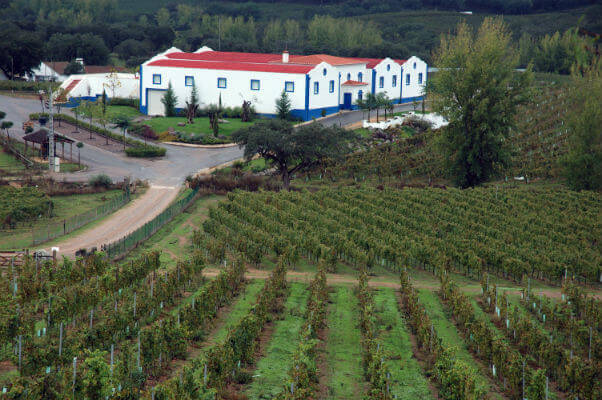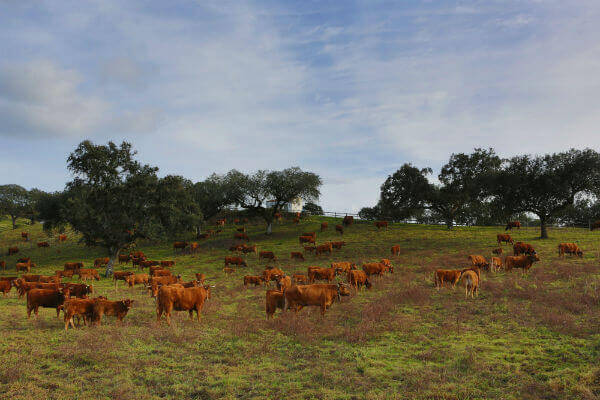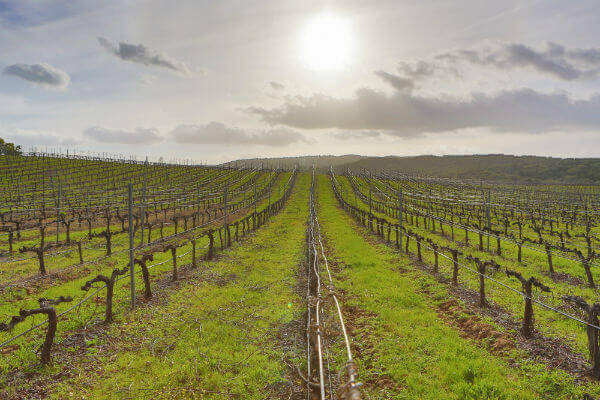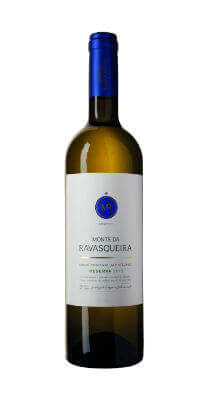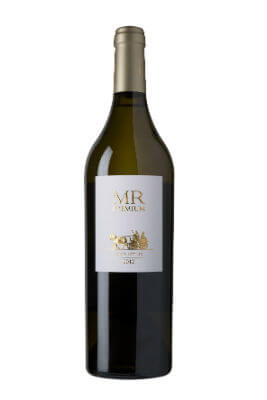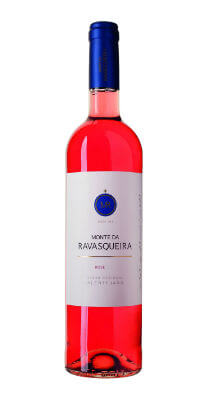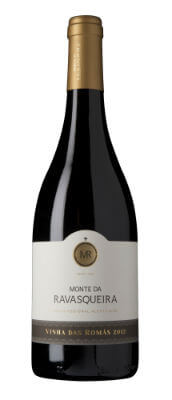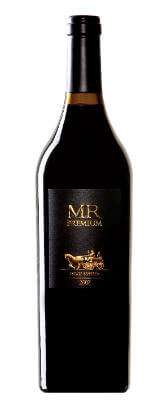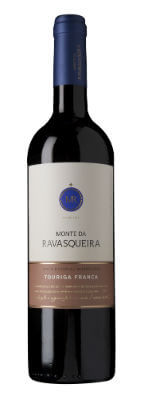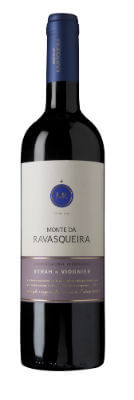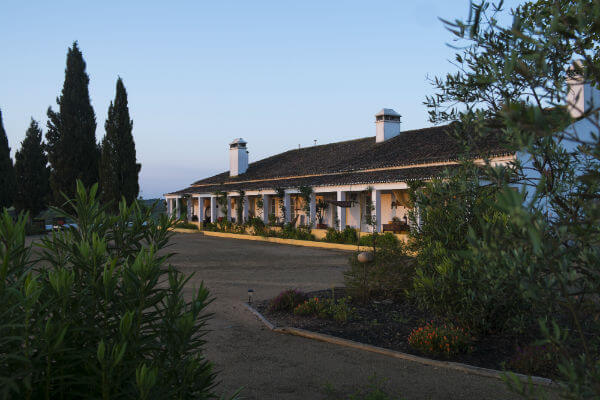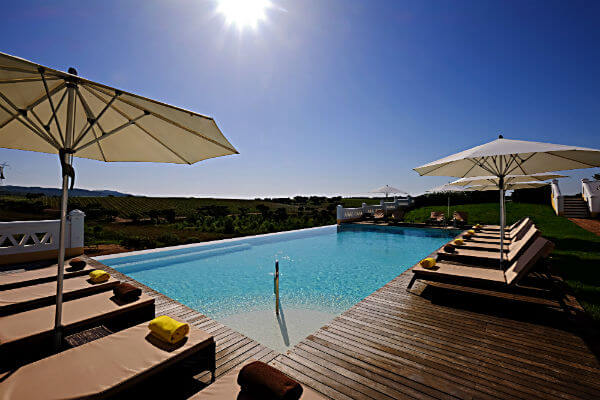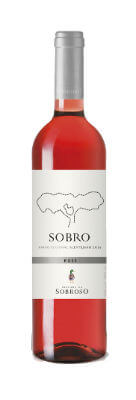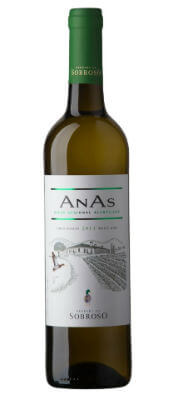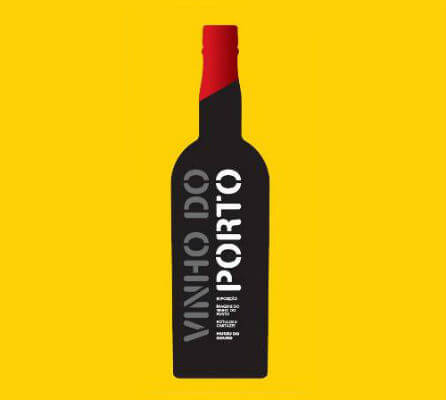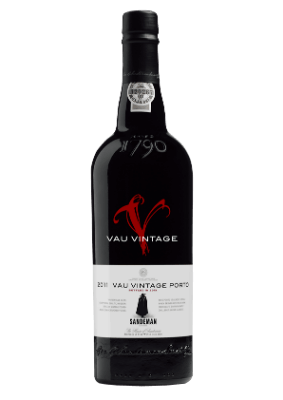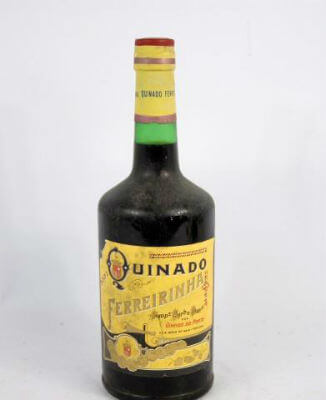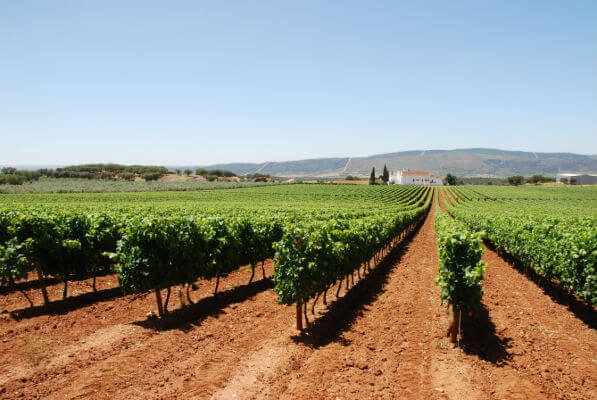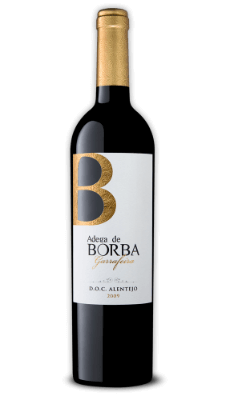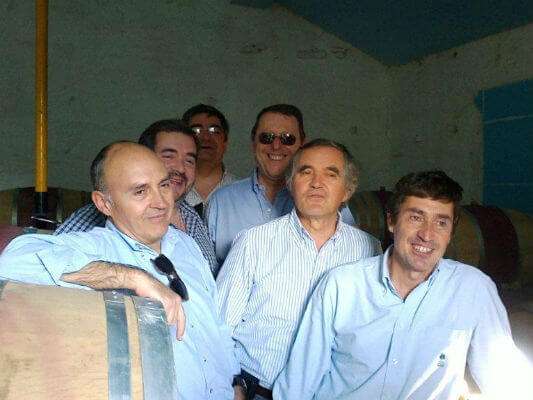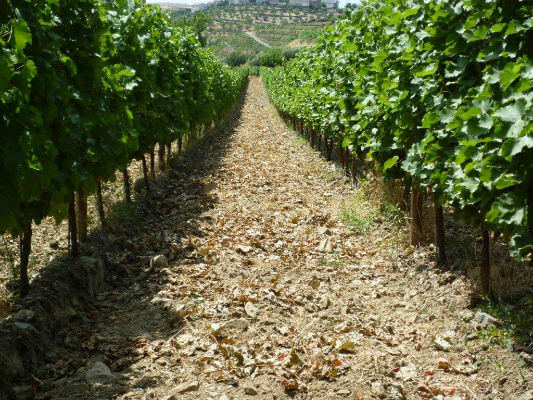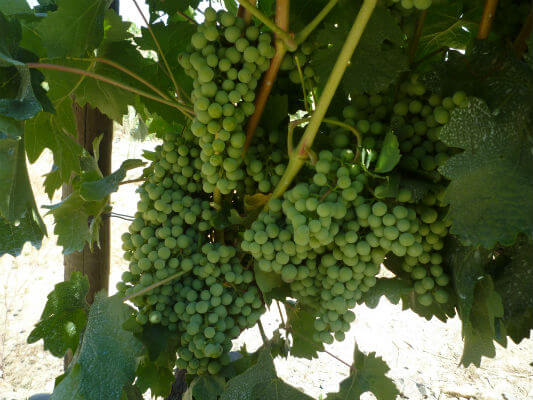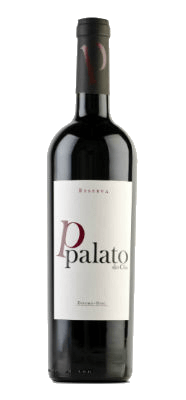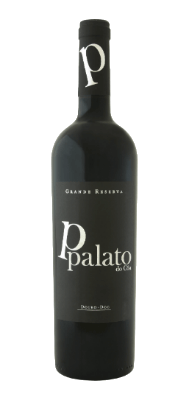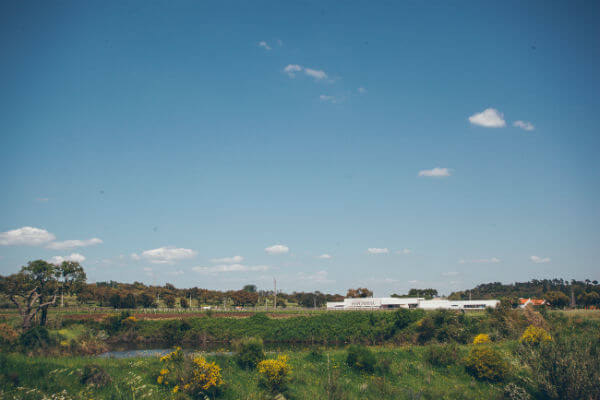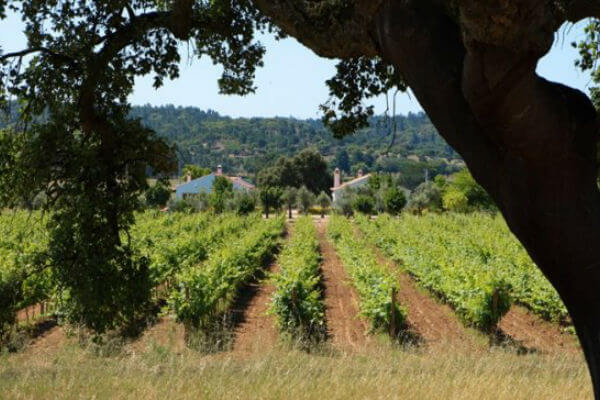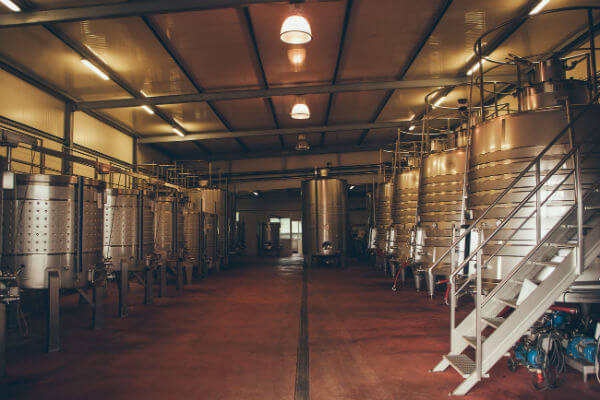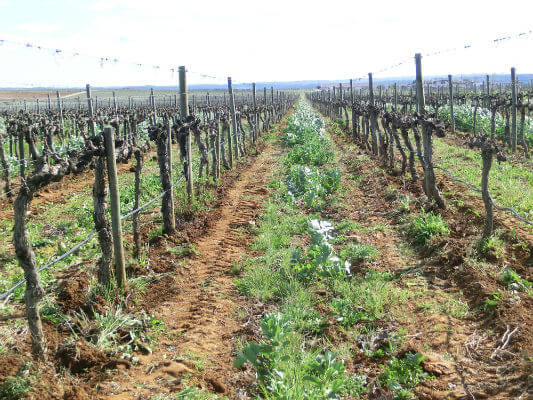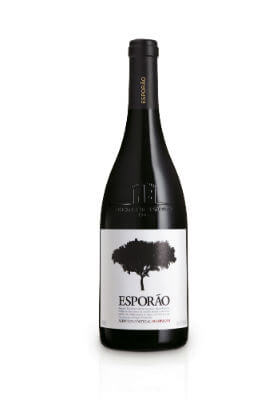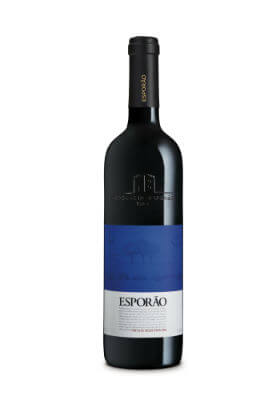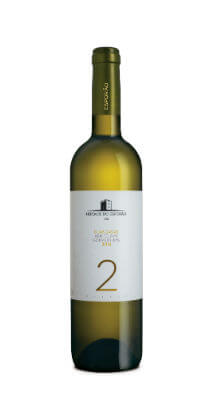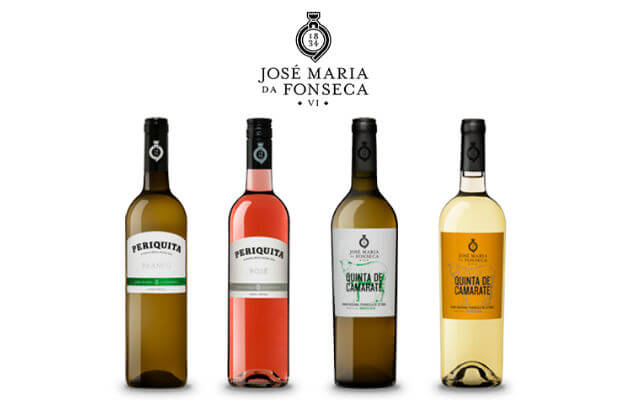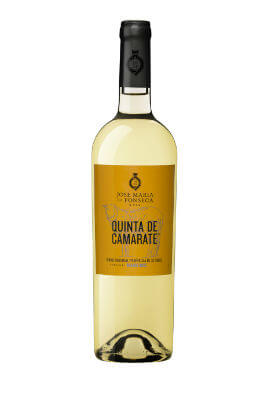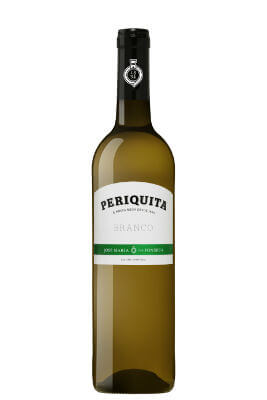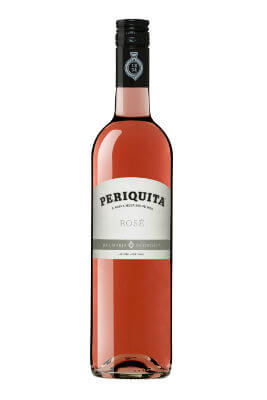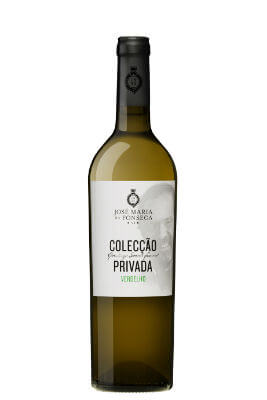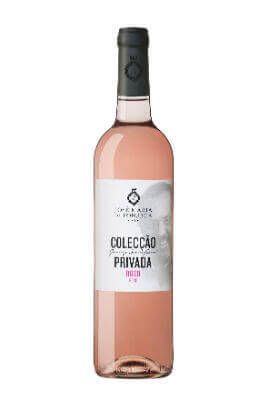Reds from Herdade da Farizoa
Text João Barbosa | Translation Jani Dunne
Companhia das Quintas, although not a big business in Portugal, has a broad range of properties spread across different regions. From top to bottom: Quinta da Fronteira (Douro), Quinta do Cardo (Beira Interior), Quinta de Pancas (Lisbon) and Herdade da Farizoa (Alentejo).
The one in Alentejo is possibly the least known. Quinta de Pancas has been a reference in the Portuguese scenario for a long time; Quinta do Cardo is an exception in recognised wines from its region; Quinta de Fronteira is in well-advertised Douro, and Herdade da Farizoa, although in the most successful Portuguese region in terms of sales, faces a higher number of big competitors.
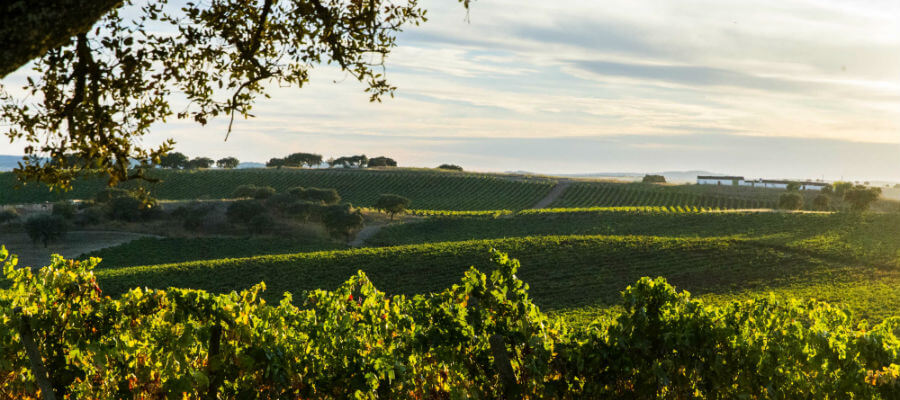
Heradade da Farizoa – Photo Provided by Herdade da Farizoa | All Rights Reserved
Herdade da Farizoa was bought in 2000, and the cellar was built in the following year. It has a slightly different characteristic: they don’t make white wine. The vine plantation includes Alicante Bouschet (10 acres), Alfrocheiro (9 acres), Aragonês (37 acres), Cabernet Sauvignon (16 acres), Syrah (13.5 acres), Touriga Franca (about 2 acres), Touriga Nacional (16 acres) and Trincadeira (25 acres). They also had five acres of Tinta Caiada, which were later pulled out. They have been turned into fallow land, to later be seeded with Alicante Bouschet.
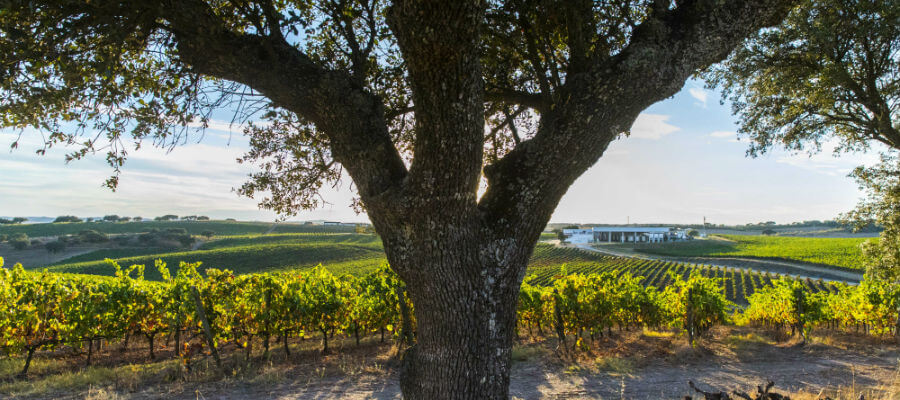
Heradade da Farizoa – Photo Provided by Herdade da Farizoa | All Rights Reserved
The vine takes up a small part of the property – small in Alentejo terms, with 385 acres. The space is rented out, and is mostly covered with forests of cork oak and holly oak, as well as pastureland. There is also a ten-acre olive grove. The ground is a mix of clay, marble and schist. It’s in Elvas county, and inside the Borba boundaries.
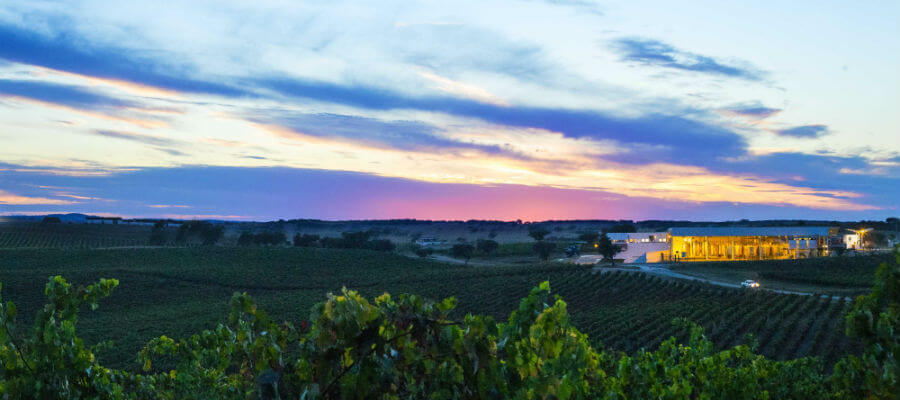
Heradade da Farizoa – Photo Provided by Herdade da Farizoa | All Rights Reserved
The company has been restructured, having started out with only administrative and commercial services. After oenologists Nuno do Ó, who embraced his own business, and João Corrêa, who fell ill, left, Frederico Vilar Gomes was hired to direct field and oenology operations. He is young, and already confirmed as one of the country’s top experts.
New blood, that brought innovation, some of it carrying some risk. There is freedom for experiments. Frederico Vilar Gomes grants resident oenologists in every property responsibility and freedom, because they know the land, the environment and the grapes better than no one. I visited another property and tasted a sample… opinions were divided, but the expert from the quinta is a believer, so let the trial begin.
In Herdade da Farizoa, Joaquim Mendes is the boss. They make Portas da Herdade, Herdade da Farizoa, Herdade da Farizoa Reserva and Herdade da Farizoa Grande Reserva (previously known as Grande Escolha).
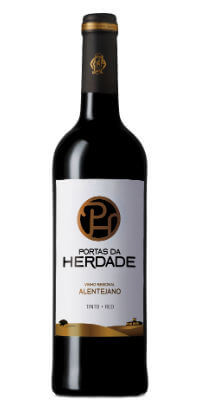
Portas da Herdade- Photo Provided by Herdade da Farizoa | All Rights Reserved
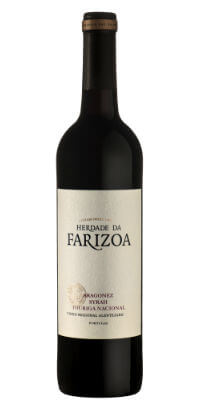
Heradade da Farizoa – Photo Provided by Herdade da Farizoa | All Rights Reserved
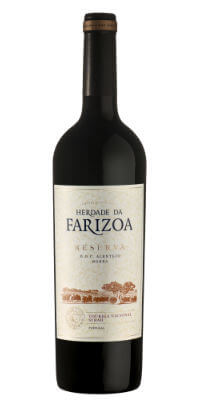
Heradade da Farizoa Reserva – Photo Provided by Herdade da Farizoa | All Rights Reserved

Heradade da Farizoa Grande Reserva – Photo Provided by Herdade da Farizoa | All Rights Reserved
Portas da Herdade 2014 is a safe bet for days spent outdoors, and accompanying meat on the grill. It’s soft and slippery. It’s a lot of Alicante Bouschet (5%), Aragonês (40%), Syrah (15%) and Trincadeira (15%).
Herdade da Farizoa also stands by youth and fruit, being richer than the prior. Aragonês (50%), Syrah (30%), and Touriga Nacional (20%) appear well matched. It works well with grilled food, but pasta is another good choice.
Herdade da Farizoa Reserva 2010 is an Alentejo wine made with Touriga Nacional (67%) and Syrah (33%). It’s another sign of the Portuguese variety’s plasticity, and the ease of adaptation of the French variety. I usually put it on the table in autumn, along with stronger foods, usually eaten in winter.
Herdade da Farizoa Grande Escolha 2009 was a surprise to me. Seeing as Alentejo is a hot region, and although this property lends its freshness, the wine’s liveliness blew all my expectations. It didn’t show oxidisation, it revealed aromas of mint, wheat stubble, white pepper and dry roses. It started off sweet and ended dry.
Herdade da Farizoa Grande Reserva 2012 reveals a few of its older brother’s features, such as the mint and the wheat stubble. For people of Alentejo blood, like me, the scent of holm oak wood is very comforting. Pinches of nutmeg and aniseed escape from it. On the mouth, it reveals blackberries and blueberries, dry earth and cocoa. It has structure and fibre, but no harshness. It doesn’t appear as sweet as the prior, and ends dry. This lot has Syrah (75%) and Touriga Nacional (25%).
Contacts
Herdade da Farizoa
7350-491 Terrugem
Tel: (+351) 268 657 552 | (+351) 93 80 90 518
Fax: (+351) 268 107 190



